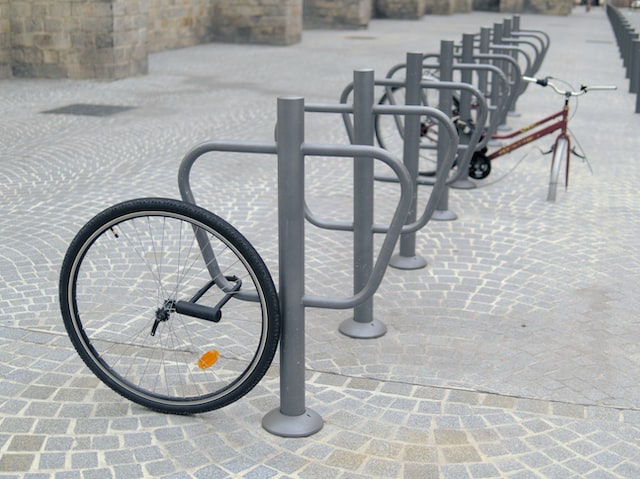How to safely buy a second hand bicycle

There are many reasons to buy a second hand bicycle. You may not have the budget for a new one or the bike you want may not be available new. However, the Latin phrase Caveat Emptor (translated as “let the buyer beware”) was coined for exactly this situation.
There are some traps and pitfalls to be aware of when shopping around second hand. The two common things that can go wrong are buying a stolen bike, or buying an unroadworthy bike. However with a little bit of preparation and thought it should be easy enough to avoid those traps.
Where to buy the bike
These days there is no shortage of places the advertise and buy a second hand bicycle. With places like eBay, Facebook Marketplace, Gumtree and Craigslist all only a click away along with the more traditional routes such as local classified ads and local bike shops the choice of places to buy is bewildering. However, the advice we are going to give remains the same. ( Maybe with the exception of the bike shop)
Our best advice if you’re looking to buy a second bike is to pay a visit to your local bike shop. They will have a stock of bikes from trade-in sales they have made. They are also likely to have near new demonstration or hire bikes for sale. It may cost a little more to buy a second hand bicycle from a shop but as they have a reputation to uphold they’re highly unlikely to sell you something that’s been stolen or unsafe.
However, if you can’t get the bike you want at a local shop you’ll have to go elsewhere and this is where you need to be aware of the two major pitfalls. Stolen bikes and mechanically unsound bikes. (known as ‘duffers’)
How to avoid buying a stolen bike
It’s a sad fact of life that bikes get stolen. Inevitably these bikes (or parts) will surface on secondhand sales platforms. But don’t be scared, with a few simple precautions you can still safely buy second hand.

- Is the bike being sold at a sensible price? If the price seems too good to be true then be suspicious.
- Meet the seller at a traceable location such as their home or work address. Never meet somewhere like a café or park.
- Check the frame number using Bike Register. This is the only police-approved database for checking stolen bike frame numbers.
- Ask to see original purchase receipts or service history. If the previous owner had it from new they will almost certainly have receipts.
- Ask questions about the bike, specifically it’s usage and history. If the seller seems vague or reluctant to answer questions be wary.
- Is the appearance altered? Thieves try to obscure a bikes origin by changing its appearance. Bad paint jobs and mismatched components are classic signs of a cover-up job.

If you decide that the bike for sale is genuine then get a receipt. An honest seller will be happy to provide a receipt as proof of purchase.
Lastly, if at any point you are concerned or suspicious about being sold a stolen bike then don’t proceed with the purchase. Make your excuses and contact the police immediately.
How to avoid buying a ‘duffer’
So, once you’re sure your prospective purchase is legitimate how do you make sure it’s value for money?
Some of the advice for avoiding a stolen bike also applies here – meeting place, receipts, general appearance etc. but how do you make sure it’s mechanically sound?

- Check the frame. Look for dents, bends, and cracks in the paintwork all of which can be indications of crash damage. Ask the seller if it’s been involved in a crashed etc. If it has avoid buying it. Be aware though that crash damage on carbon frames can be difficult to detect.
- Check the bearings for signs of wear. The bottom bracket, headset and wheel bearings should all move freely but not have any excess play.
- Check the drivetrain for signs of wear. Look for excessively work chainrings or sprocket teeth. If you have a chain checker tool take it along and take two seconds to drop it on.
- Check the wheels to make sure they’re not buckled or have dented rims – another classic sign of misuse.
- Take it for a test ride. Any genuine seller will be happy for you to try a bike out. Just be prepared to leave some form of deposit or security.
If you’re not mechanically minded but have a cycling buddy who is, take them along to help you with the mechanical inspection.
If, after all this exhaustive investigation and inspection you still think you have a bargain (or at least value for money) then you may well have a deal and be ready to part with your cash.








